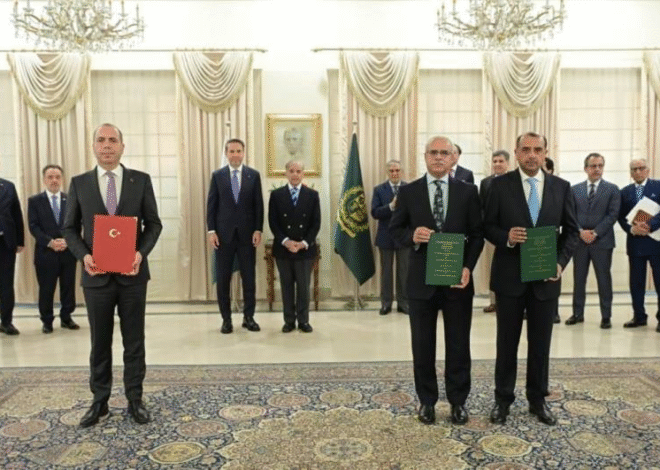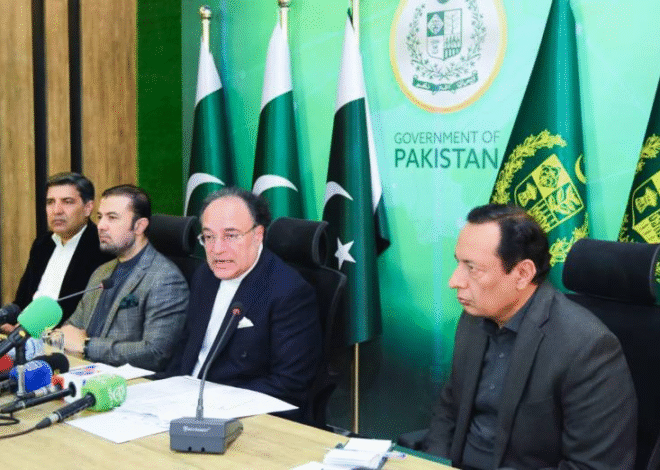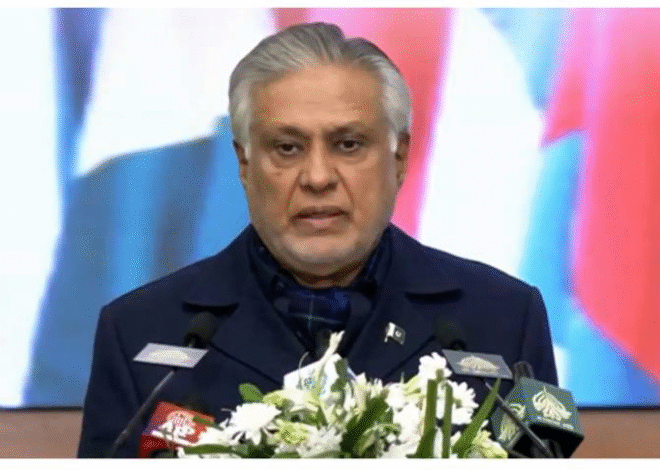
Pakistan Targets 3.5% Economic Growth Despite Floods, Says Finance Minister Aurangzeb
ISLAMABAD: Pakistan remains on track to achieve a 3.5 percent economic growth rate this fiscal year despite the devastating impact of recent floods, said Federal Minister for Finance and Revenue Senator Muhammad Aurangzeb, in an interview with CGTN America.
The finance minister said Pakistan’s macroeconomic stability had been consolidated through fiscal discipline, improved foreign exchange reserves, and a sharp decline in inflation. “We have made significant progress since the IMF approved the $7 billion loan programme last year,” Aurangzeb stated, adding that global rating agencies — Fitch, S&P, and Moody’s — have all upgraded Pakistan’s outlook for the first time in nearly three years.
He noted that foreign exchange reserves now cover 2.5 months of imports, inflation has fallen to single digits, and the policy rate has been halved, demonstrating a rebound in investor confidence.
IMF Review and Market Confidence
Aurangzeb confirmed that the IMF’s second review under the Extended Fund Facility (EFF) had been successfully completed, with a staff-level agreement signaling trust in Pakistan’s reform agenda covering taxation, energy, and privatization.
“We are grateful that the IMF continues to repose trust in Pakistan’s economic management,” he said. “We even repaid a $500 million Eurobond last month without market concern — and we’re positioned to meet another $1.3 billion repayment due next April.”
The minister revealed that Pakistan has also re-entered global commercial markets after a two-year hiatus, securing borrowing lines from Middle Eastern banks and planning to issue its first Panda bond by the end of 2025.
Privatization and Investment Reforms
Aurangzeb said the government had revived the privatization process, with the first successful transaction involving a small bank acquired by a UAE-based conglomerate. “We expect to complete the privatization of PIA before the fiscal year ends,” he added.
He acknowledged that privatization remained a challenging but necessary reform, aimed at easing the government’s fiscal burden and driving foreign investment inflows.
Impact of Floods and Climate Resilience
Addressing the economic fallout of recent floods, Aurangzeb said climate change poses an existential threat to Pakistan’s agricultural sector. “Our rice and cotton crops have been hit hard by flooding across three major rivers,” he said.
Despite these challenges, the finance minister projected 3.5% growth for the current fiscal year, slightly revised down from the initial 4% target. “We grew by 3% last year, and we expect to sustain momentum,” he said.
CPEC Phase 2.0 and China-Pakistan Cooperation
Aurangzeb also discussed the next phase of the China-Pakistan Economic Corridor (CPEC), following Prime Minister Shehbaz Sharif’s recent visit to Beijing. He confirmed that CPEC Phase 2.0 would focus on industrial cooperation, private sector investment, and Special Economic Zones (SEZs).
“Phase 1 was about building infrastructure. Phase 2.0 is about monetizing that infrastructure,” he said, noting that 24 joint venture agreements were signed during the Prime Minister’s visit.
He highlighted key sectors under CPEC 2.0, including minerals, agriculture, IT and AI, and pharmaceuticals. He cited the Service Long March joint venture — a tire manufacturing collaboration between Pakistan’s Service Group and China’s Long March — as an example of successful industrial cooperation.
Digital Transformation and Tax Reforms
The finance minister said digitization and AI-driven tax analytics had raised Pakistan’s tax-to-GDP ratio from 8.8% to 10.2%. “Digitization is a way to bring our large cash economy into the formal sector,” he emphasized.
Trade Diversification and Global Partnerships
Aurangzeb also mentioned a 19% tariff arrangement with the United States to boost textile exports and ongoing trade engagement with Central Asian republics, including Azerbaijan, Uzbekistan, and Kazakhstan.
He reaffirmed Pakistan’s support for multilateral cooperation, citing the Shanghai Cooperation Organization (SCO) and China’s Global Governance Initiative as examples of frameworks that promote stability and economic equality.


